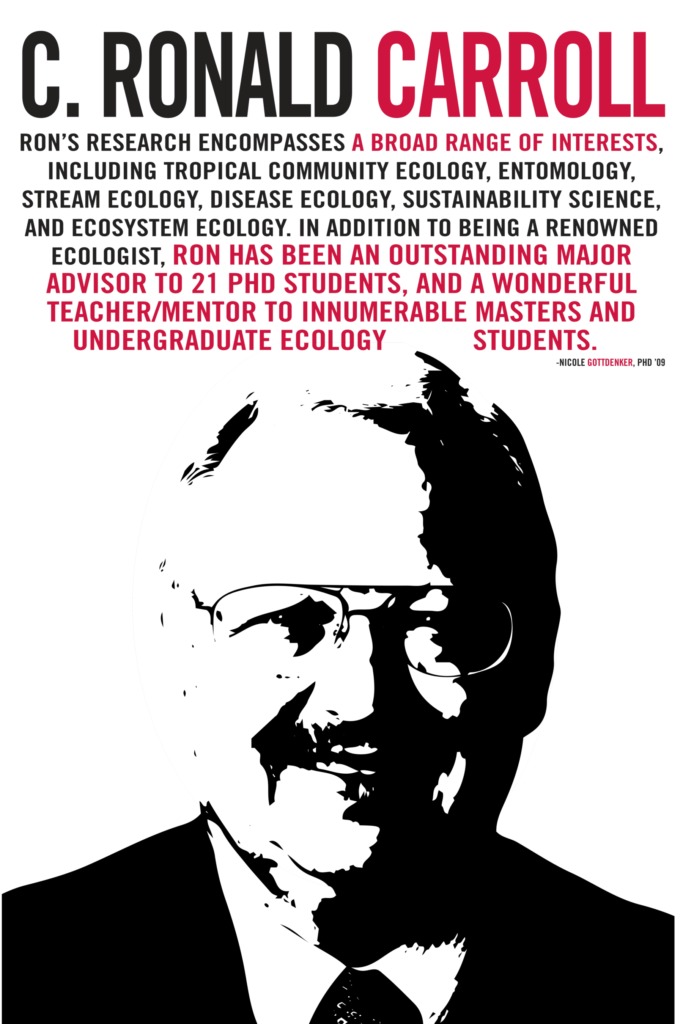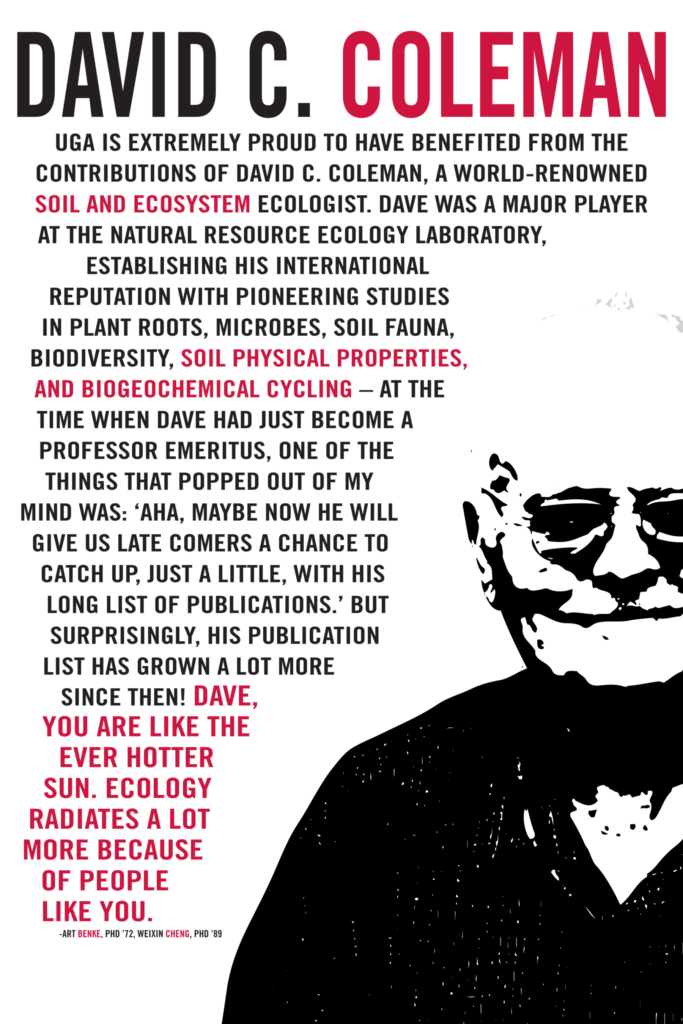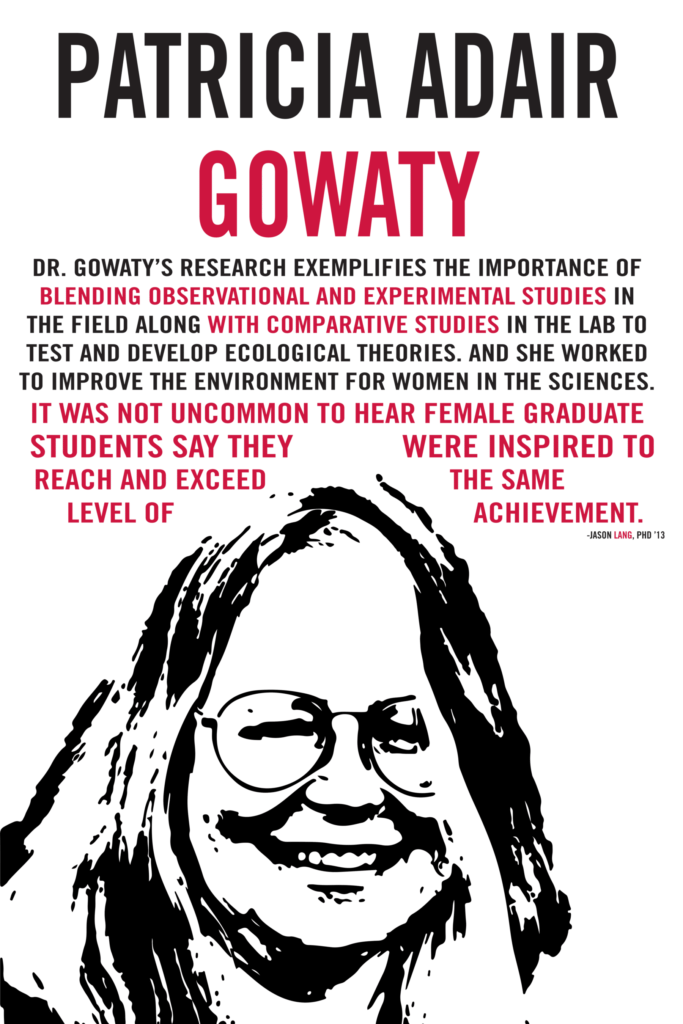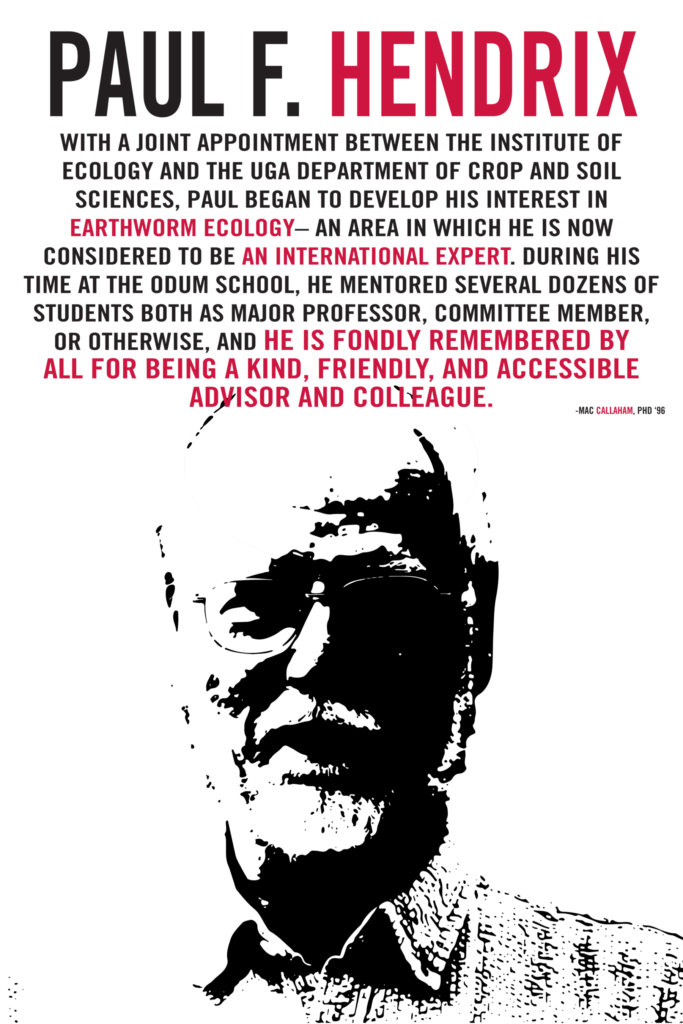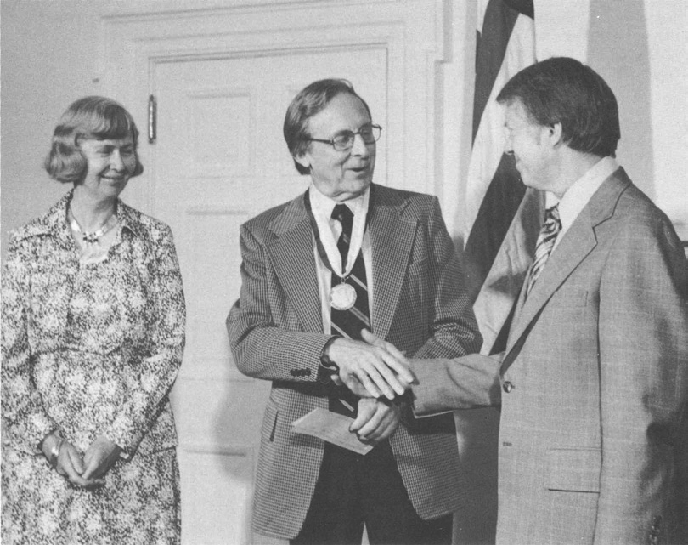1950s
Ecological research at the University of Georgia dates back to the early 1950s, when two major programs provided the impetus to form what would later become the Odum School of Ecology.
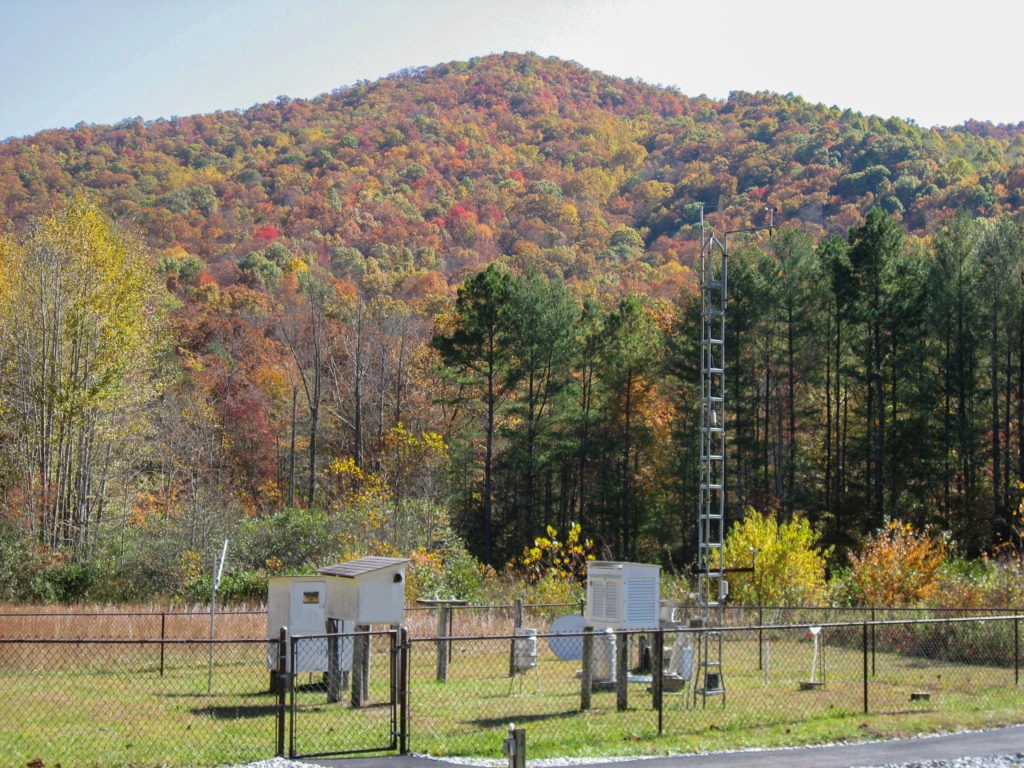
First, the University was invited to take part in an environmental survey of the Atomic Energy Commission’s Savannah River Plant near Aiken, South Carolina.
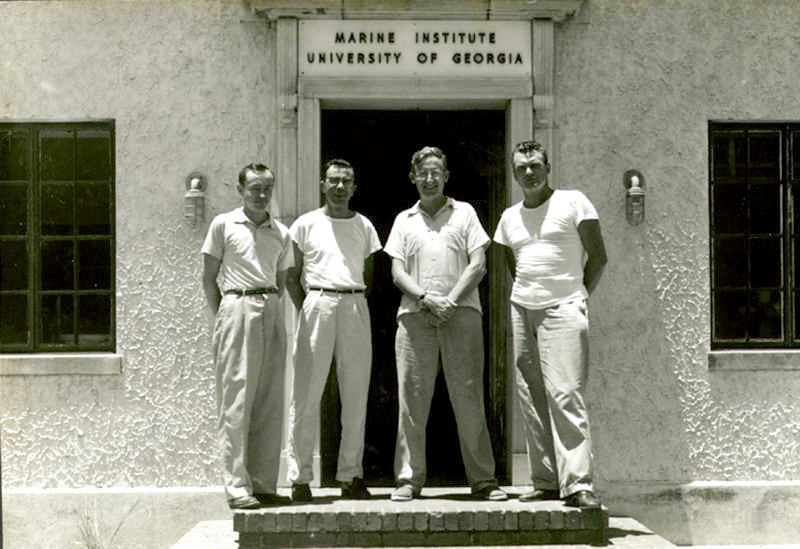
Second, the Sapelo Island Research Foundation, supported by the late R.J. Reynolds, provided the University with an opportunity to develop a Marine Institute on Sapelo Island on Georgia’s coast.
1960s
Both programs proved instrumental in providing funds to attract new research faculty to the University, to increase graduate training, and to augment the teaching program in ecology on campus.

In 1961, research underway at the Savannah River Plant was organized into an on-site facility and called the Savannah River Ecology Laboratory. Also in 1961, the Institute of Radiation Ecology was formed on The University of Georgia’s campus. Five years later, ‘Radiation’ was dropped from its title, and in 1967, the Institute of Ecology received funds from the University for an executive director.
In 1968, the National Institute of Health awarded the Institute a five-year half-million dollar training grant to support graduate students, purchase teaching equipment, and recruit additional faculty and staff.
In 1972, the National Science Foundation awarded the University a five-million dollar development grant for the biological sciences. Since strength in ecology was a primary reason for this award, an allocation from the grant was used to match state funds for the construction of an ecology building on campus.
The first unit of the ecology building was completed in 1974. Three years later, an annex was added to house the Marine Sciences Program.
1990s
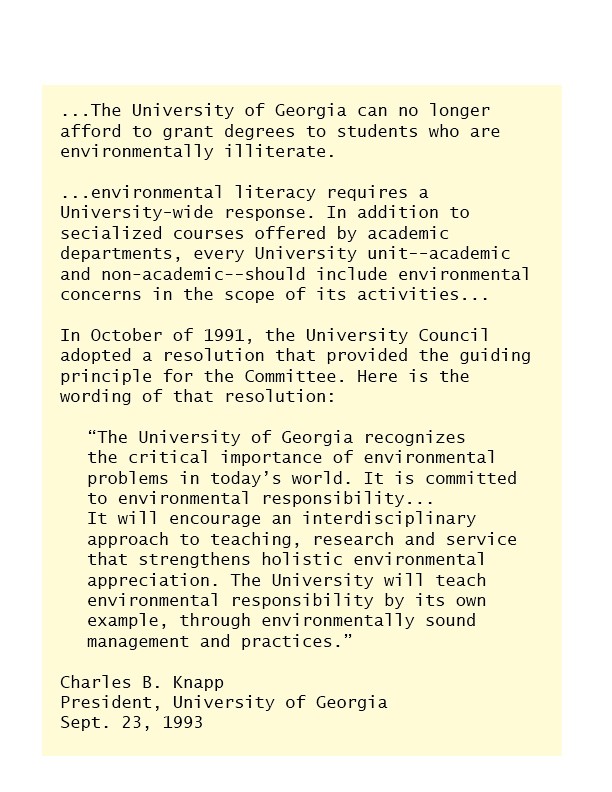
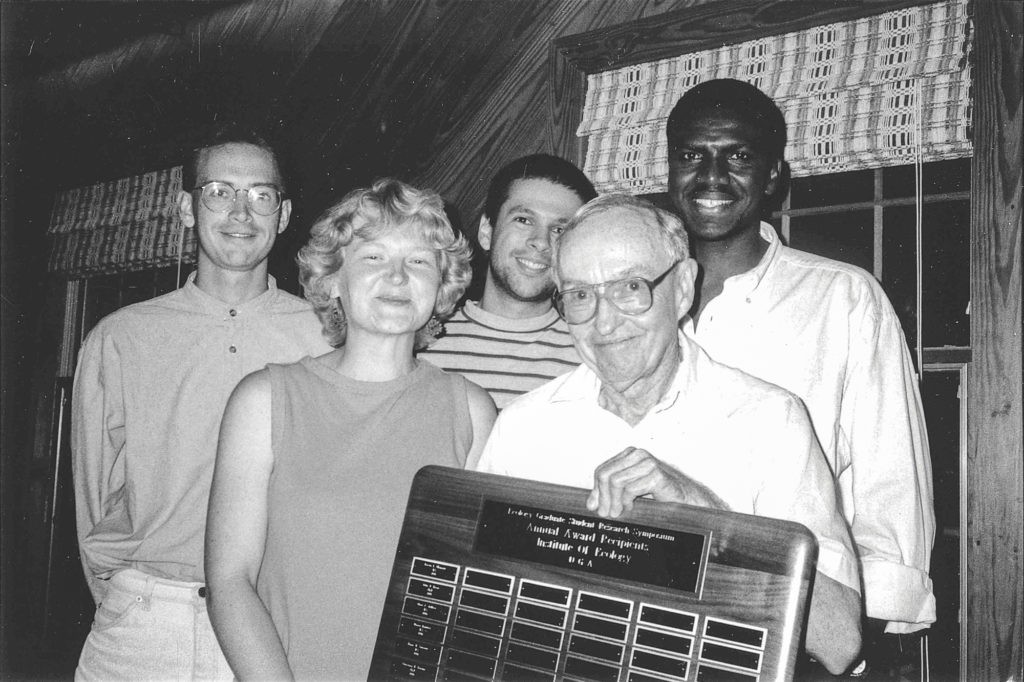
Brian Fath, Christien Ettema, Alonso Ramírez, and Chris Jeffrey.
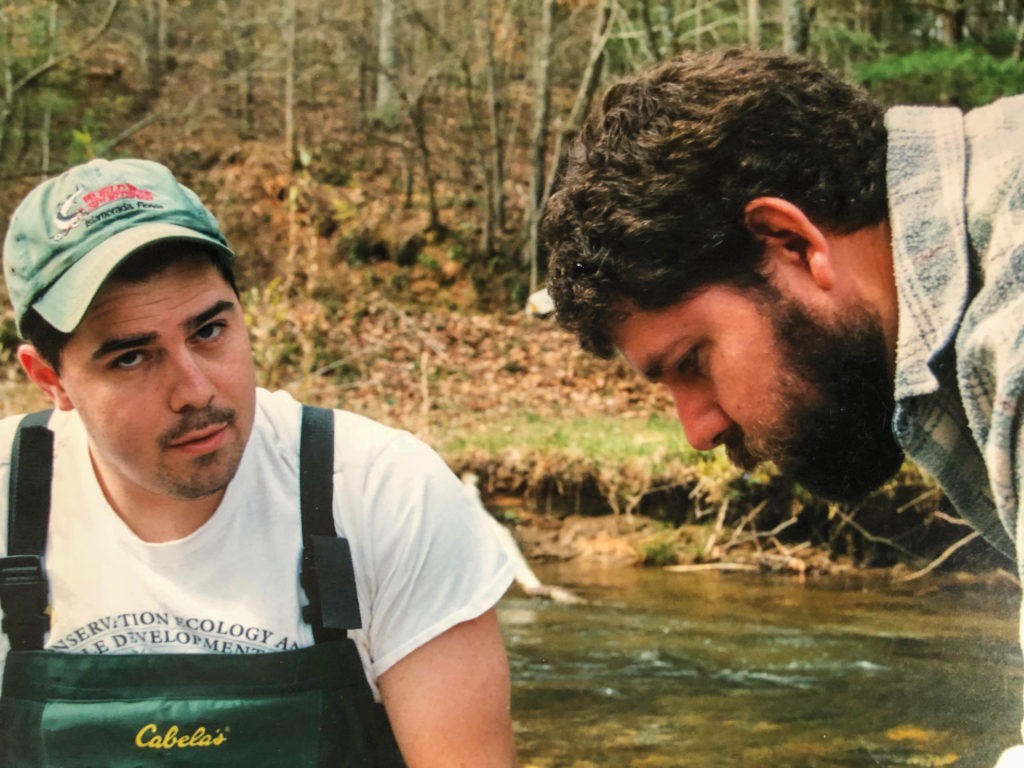
In 1993, the Institute formally assumed the status of a school within the Franklin College of Arts and Sciences. The new responsibilities of the Institute included the development of instructional programs, the appointment and promotion of faculty, and the awarding of tenure and degrees, as well as responsibilities in college and university governance and public service programs, typical of other units of the college.
In 2001, the Institute of Ecology merged with the School of Environmental Design to form the College of Environment and Design.
2007
In 2007, the Institute became the Eugene P. Odum School of Ecology, the first of its kind in the world.

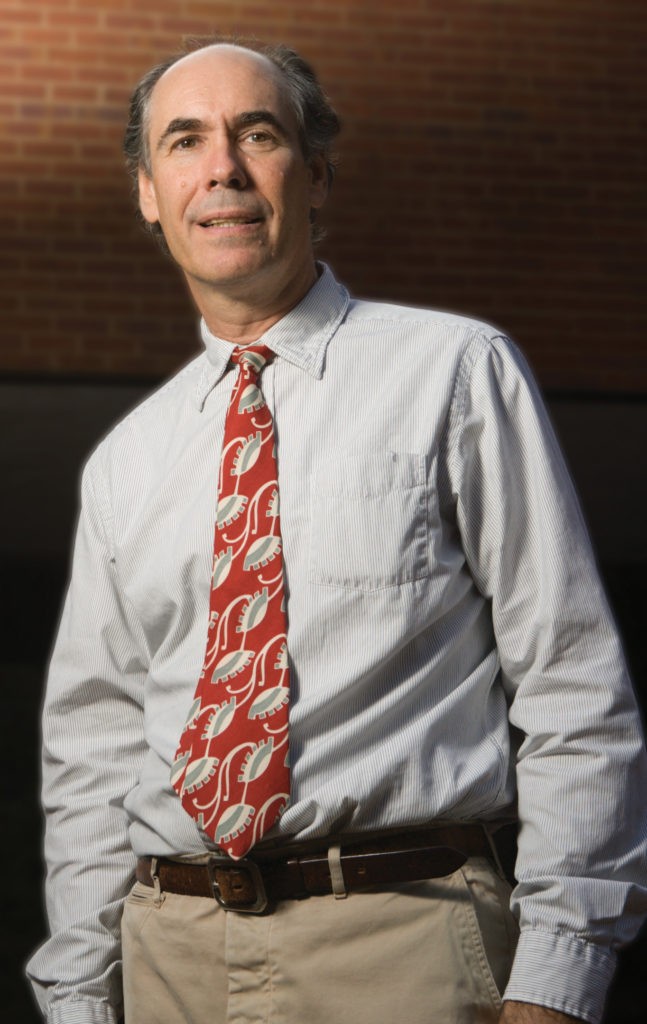
from CED and becomes the
Odum School of Ecology,
with John L. Gittleman
serving as founding dean
The Ecology Building
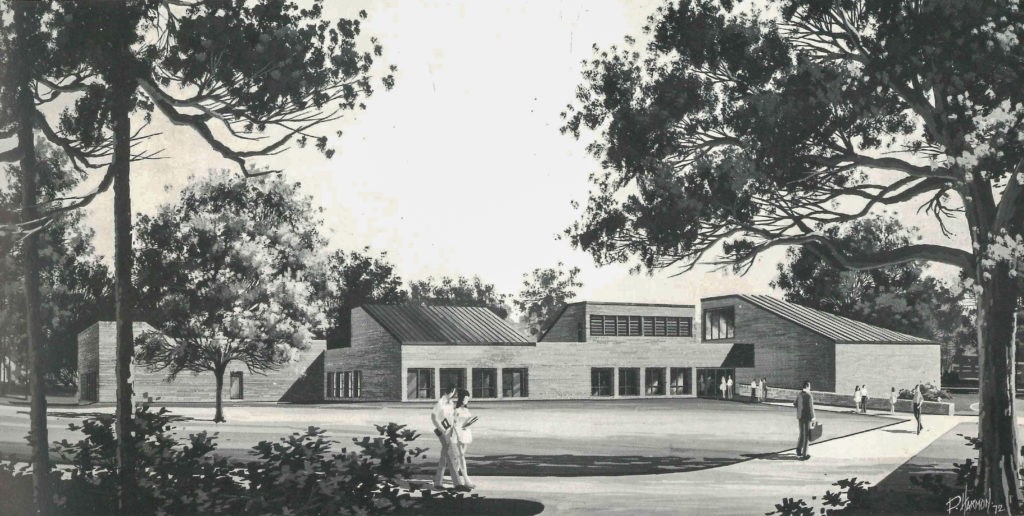
–Morris Hall & Peter Norris, Architects
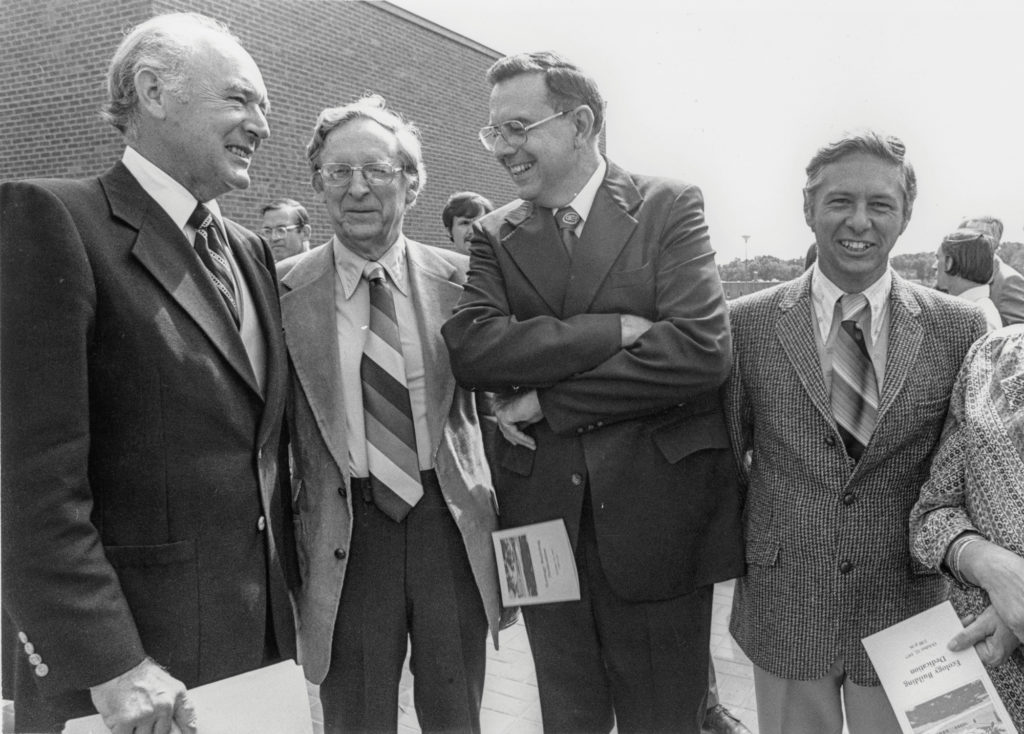
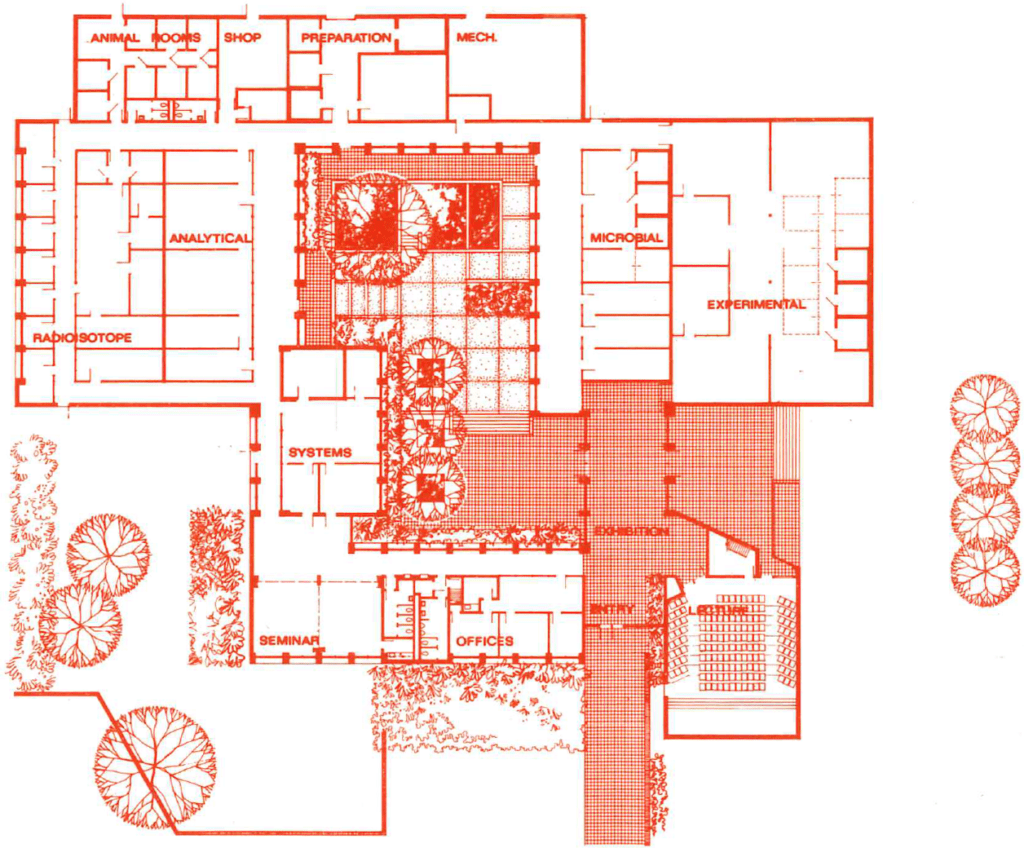
The ecology building is situated on the south side of the University’s campus and was designed by architects Morris Hall and Peter Norris to promote team research and service. Facilities inside the building include research laboratories designed for interdisciplinary work; office space for principal investigators of Odum School grants, ecology graduate students, faculty and staff; a systems area to accommodate computer equipment; a 130-seat state-of-the-art master classroom with audio visual equipment, computer and graphics display capabilities; and a seminar/classroom room. Two additions were added to the building in 1995, providing space for the administrative staff, a conference room, lecture/computer lab, and office/lab space for two members of the faculty. At the center of the building is a landscaped courtyard used often by Odum School members for social gatherings.
Membership in the Odum School began small and was confined primarily to biologists. Avid interest in ecology during the 1970s, however, expanded the ranks of both scientists and graduate students in environmental areas. Today, the Odum School has more than 350 members a cross section of faculty, senior scientists, technicians and graduate students who represent several departments and schools on campus. Members off campus include ecologists stationed at the Savannah River Ecology Laboratory (Aiken, South Carolina), the Marine Institute (Sapelo Island, Georgia), the Coweeta Hydrologic Laboratory (Franklin, North Carolina), the Skidaway Odum School of Oceanography (Savannah, Georgia), and the Joseph W. Jones Ecological Research Center at Ichauway (Newton, Georgia). Besides persons directly associated with the University, members include scientists working in state and federal agencies.
Eugene Odum – “The Father of Modern Ecology”
Our founder is Eugene P. Odum, widely credited for making the term “ecosystem” a household word. Odum was instrumental in creating the Odum School, and his vision of holistic ecology is still practiced today. The Odum School is one of the first ecology research centers and have traditionally had the first focus on ecosystem ecology. That focus is now expanding to include population ecology and evolutionary ecology.
The Odum School of Ecology at the University of Georgia consistently ranks at the top. Most recently, the graduate program ranked tenth in a study by US News and World Report. We look to our history for inspiration, and are consistently moving forward.
Celebrating 50 years of Ecology at UGA
50/10 was a reunion and symposium celebrating ecology at the University of Georgia– 50 years since the establishment of the Institute of Ecology and 10 years since the establishment of the Odum School of Ecology. The event brought Ecology alumni from across the country (and in some cases the world!) to participate in discussion, events, and festivities (event program). A slideshow from the reunion and symposium can be viewed here.
5010 Emeritus Faculty Tribute

